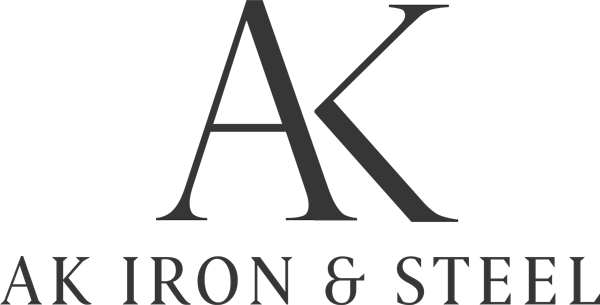Steel pricing continues to occupy a centrepiece in the media for the last few weeks. A variety of responses and feedback from end-using sectors, policy planners, industry associations are filling up the pages. It is difficult to take a dispassionate view on the issue from the producers’ or users’ points of view. Let us look at some of the facts.
Steel prices (HRC as the mother product) went up by Rs 16,700 per tonne during July to December 2020. These prices went down by Rs 3,100 per tonne during January to June 2020. On a longer time perspective, HRC prices during January-December 2019 went down by another Rs 5,500, and therefore, the net increase in HRC prices stands at only Rs 8,100 per tonne.
The cyclicity has been very much a part of the steel industry and for that matter for any commodity pricing. For many of the finished products made out of steel, the drop in steel prices is not passed on to end customers as the same is taken to compensate the losses incurred by them on previous occasions (steel price rise was one among many other factors) and there are compelling reasons offered by them to justify this action.
Steel production through BF-BOF route uses iron ore of 1.65 tonne and coking coal of around 750 kg per tonne of steel. Thus prices of iron ore has a higher impact on cost of production of steel.
For steel production through EAF/IF route, prices of iron ore impact prices of sponge iron which is the primary raw material for these producers along with non-coking coal. In case of coking coal (prime hard low vol) price rise was minimal, but thermal coal prices went up from $53.46/t in July 2020 to $98.16/t, which influenced domestic non-coking coal prices. Iron ore prices went up by Rs 2,650 per tonne during July-December period.
In Odisha, the auctioned mines are yet to commence production and there has been a lower production out of the existing mines in the state. As a result, there is a supply shortage of around 25-28 MT of iron ore in the state. This has indeed adversely affected small and medium steel players who are dependent on iron ore produced in Odisha. Availability of TMT Bar, wire rods and partially the structural section availability from these segments was a casualty, leading to price rise of these items.
The export of raw materials (especially natural resources) needs to be viewed separately from export of finished steel items. In earlier years, countries importing iron ore from India used to export finished steel made out of it to India. Export of iron ore (legally or illegally mined, fines not being used domestically) has come down over the years. In the present situation, it is also used in making pellets which are exported and adding to the problem of temporary shortage. Finished steel exports, HRC in particular, is a value-added export and needs not be equated with export of raw material. It takes strenuous efforts and adequate branding to create and nurture export markets abroad and sudden withdrawal from the market is construed as undependable source and needs a long time to recoup. During April to November 2020, India exported 5.1 MT of HRC and imported 0.43 MT of the product, resulting in being a net exporter of 4.6 MT.
In case of stainless HRC and CRC, there was significant enhancement of raw materials which are not indigenously available. Nickel prices shot up by 40% during July to November 2020, molybdenum 27%, copper by 24% and ferrous scrap by nearly 45%.
During July to November 2020, the spread between HRC and CRC went up from Rs 7,610 per tonne to Rs 8,770 per tonne, while the spread between CRC and GPC has come down from Rs 6,730 per tonne to Rs 2,730 per tonne.
There is a repeated reference to Indian steel industry having been flooded with protective measures like ADD and safeguard duty. It is a fact the HRC (both stainless and non-alloy) have received ADD on imports by the Ministry of Commerce which has taken WTO-compliant steps not only for HRC, but also for CRC and wire rods. Actions against dumping under no circumstances should be categorised as protective steps.
The current level of customs duty on flat products at 12.5% is lower compared to the duties imposed on HRC imports by advanced countries and others. It is argued that duties can be brought down to 5% to facilitate more availability as it would not lead to higher imports from Japan and South Korea being under FTA (nil duty). But what about imports from Vietnam, Indonesia, Thailand and even Turkey?
We would be penalising the domestic industry for capacity augmentation in anticipation of a rising domestic market. The clamour for duty reduction on steel items must consider that Chinese imports would flood Indian market through changing the origin of materials and it would engulf CRC and coated products (electro galvanising) in addition to HRC.
An unprofitable steel industry in the country has consistently been denied bank credit on the certification of negative category by the credit rating agencies. At what point the profitability is termed as profiteering must be benchmarked before it is accepted as a strong reason to deprive the industry of the capex for capacity augmentation as specified in the NSP of 2017
Source: https://www.financialexpress.com/industry/profiteering-or-profitability-what-domestic-steel-industry-wants-from-price-hike/2170600/

